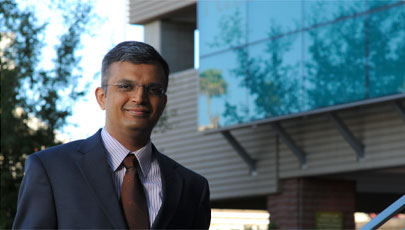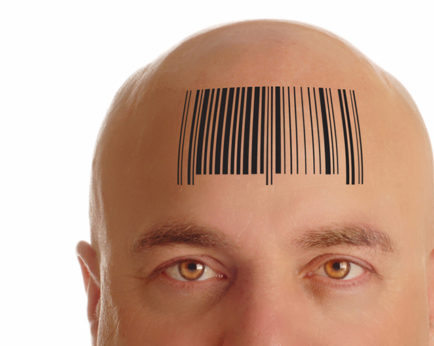
Can technology bend the health care cost curve?
Today’s healthcare tab in the U.S. exceeds some $2.5 trillion, and there are plenty of wasted greenbacks in that eye-popping figure. Information technology has the potential to reduce waste, and that’s why Raghu Santanam is researching healthcare uses of IT and their impacts. This professor of information systems at the W. P. Carey School of Business recently used his one-year sabbatical from teaching to conduct studies at the Mayo Clinic’s Center for the Science of Healthcare Delivery.






